Selection
Selects the nearest vert/face
Adds the nearest vert/face to the selection
Toggles the selection mode between vertex select and face select
Selects a vert or face loop
Adds a vert/face loop to the selection
Selects/Deselects all verts/faces
Selects a section of unbroken faces on the mesh, starting from the first face under the mouse
Activates circle-selection
Toggles whether the mesh is transparent or opaque
Activates loop-cut mode
Modify the selection
Moves the selected verts
Rotates the selected verts around their center
Scales the selected verts
Extrudes the selection
Unwraps the UVs of the selection
While Moving/Rotating/Scaling a selection
Commits the change to the model
Cancels the transformation
Sets the axis that the current transform follows
Snaps the current transform to the nearest value
Finely snaps the current transform to the nearest value
Circle-Selection mode
Selects all verts/faces in the selection area
Deselects all verts/faces in the selection area
Exits circle-selection mode
Changes the size of the circle-selection area
Loop-Cut mode
Cuts the mesh
Cancels loop-cut
Changes the number of cuts
Vert-Select mode
Attempts to dissolve the selected verts into the mesh and deletes all verts that can't be dissolved
Attempts to create a face between the selected verts, works best when four vertices are selected
Face-Select mode
Deletes the selected faces
Flips the direction of the selected faces
Changes the saddling direction of the selected faces
Other
Copies all selected faces to the clipboard
Pastes faces from the clipboard onto your mesh
Deletes the selected faces and adds their data to the clipboard

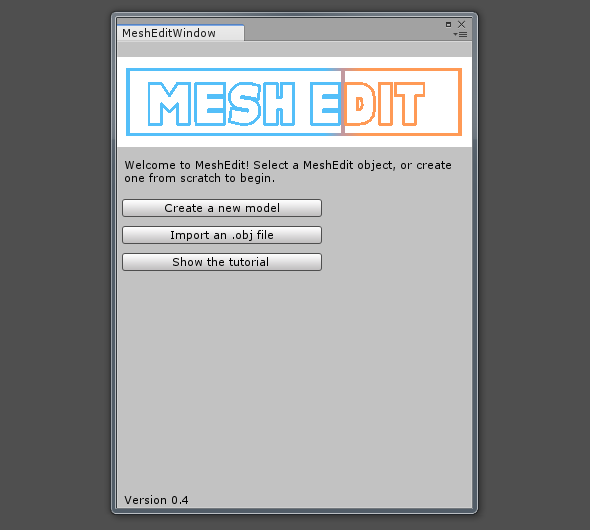
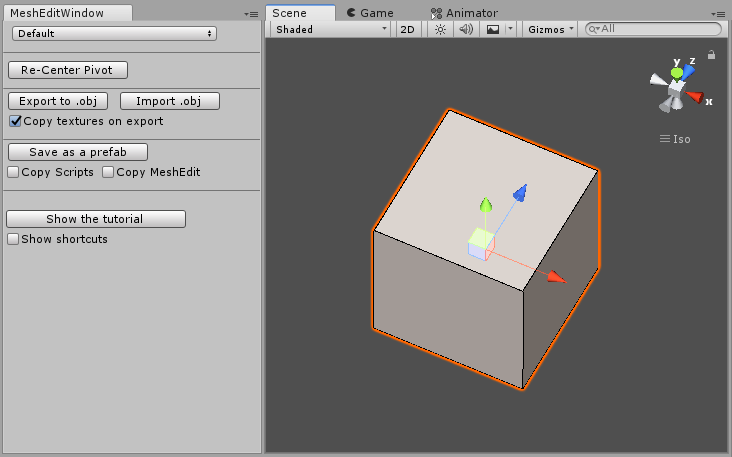
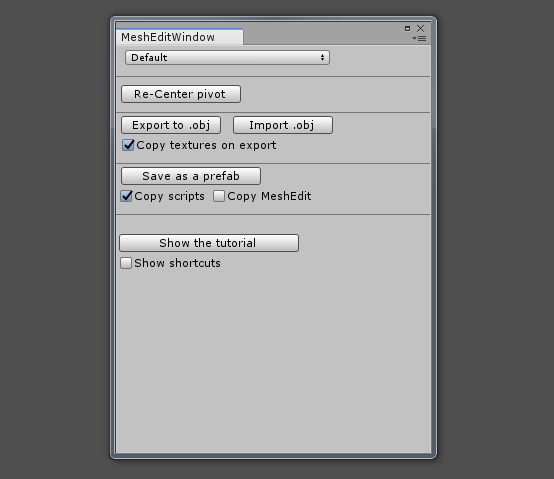
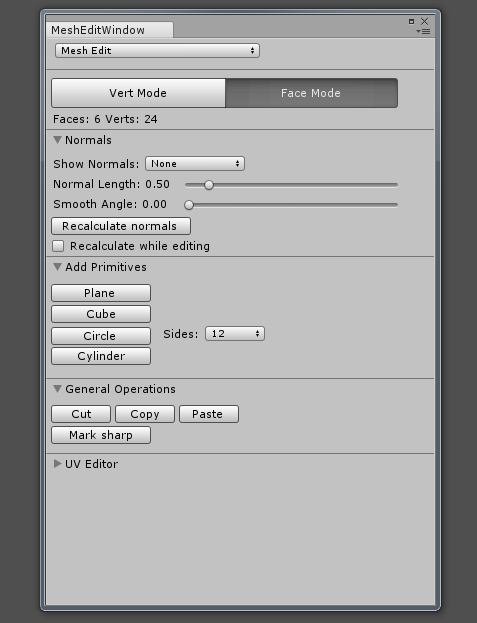
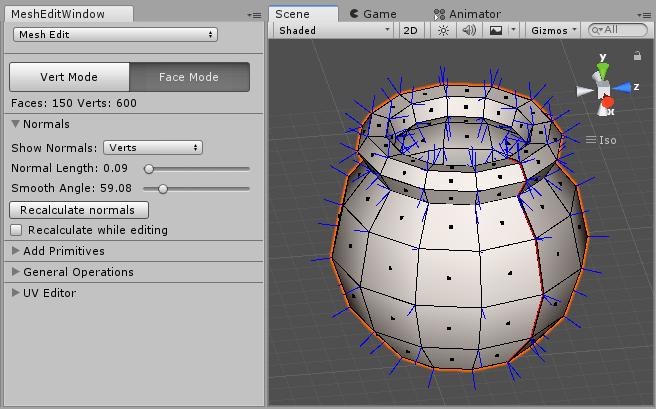
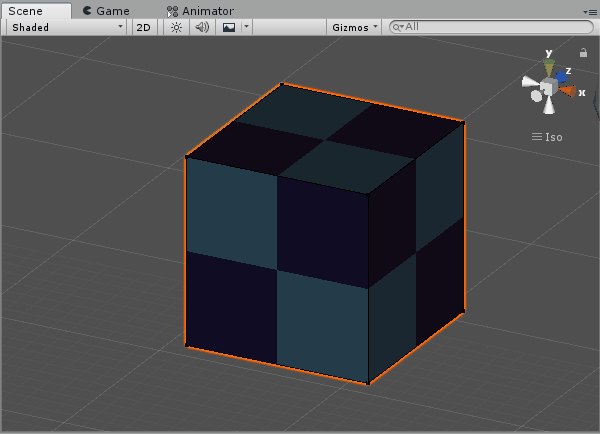

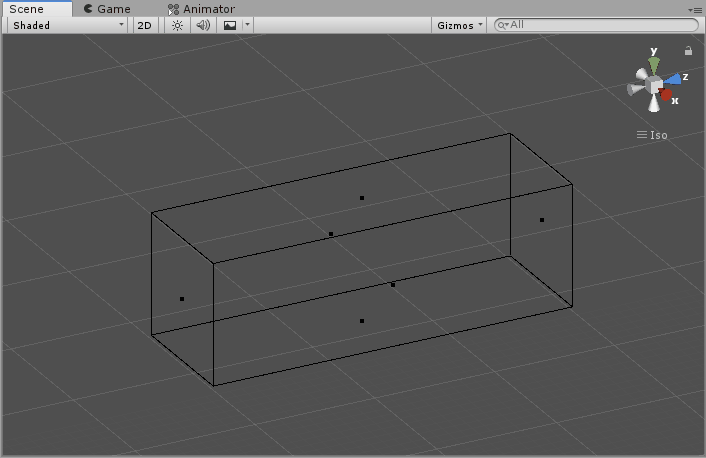
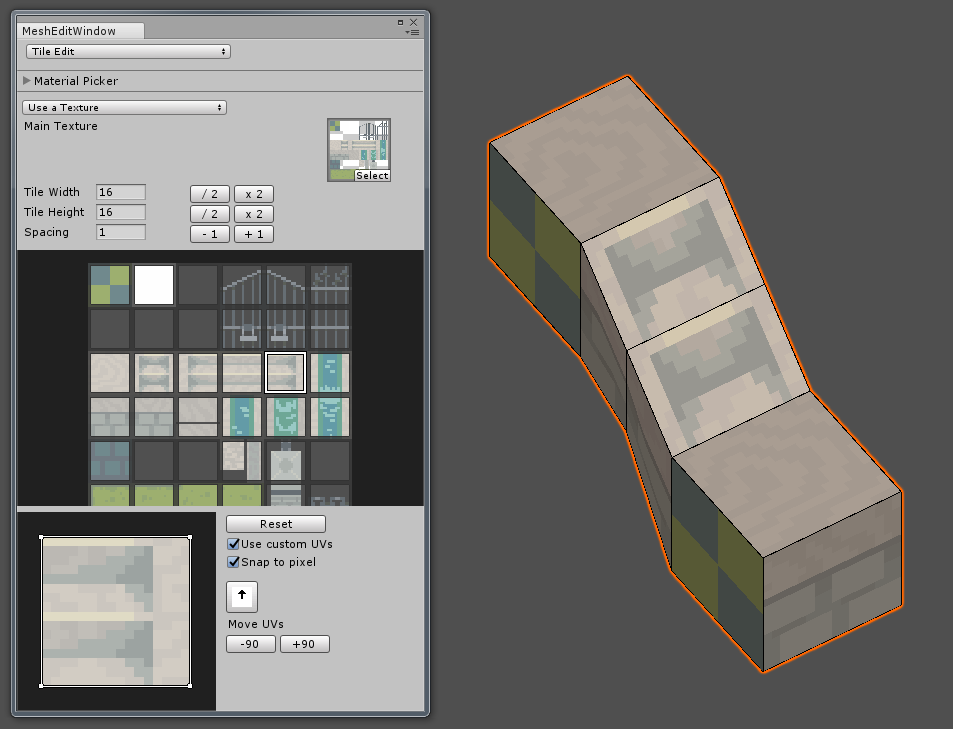
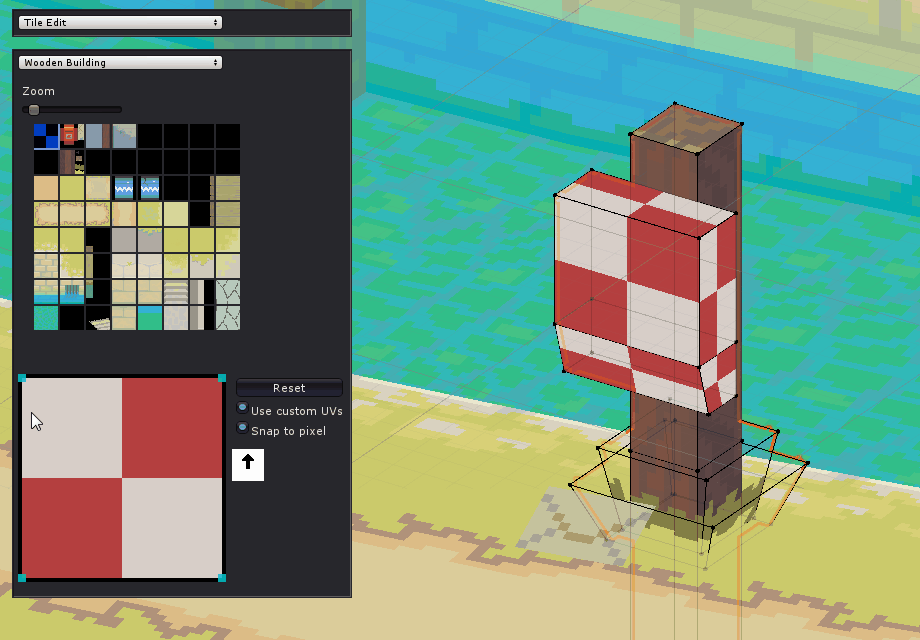

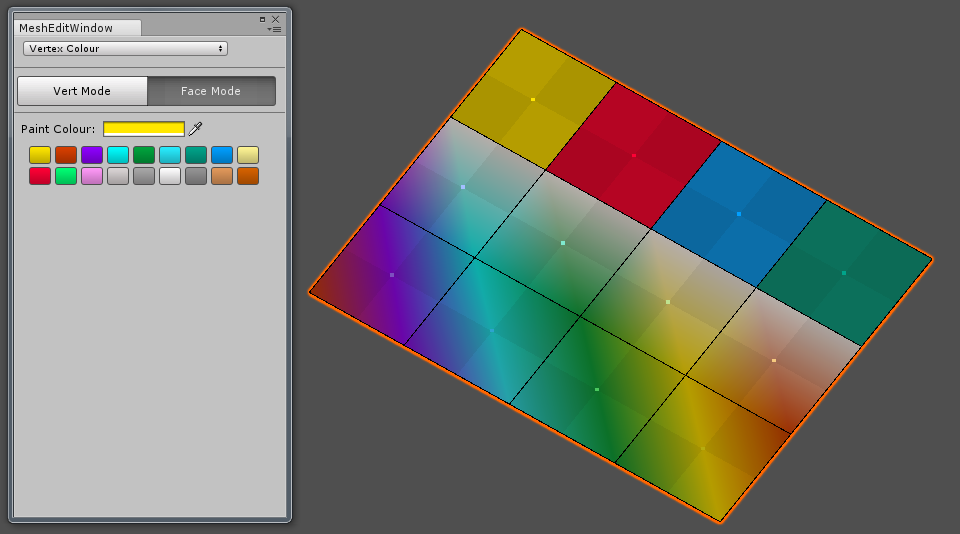
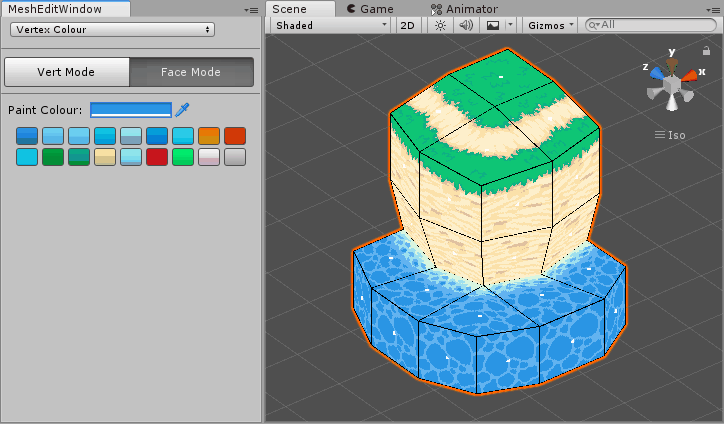

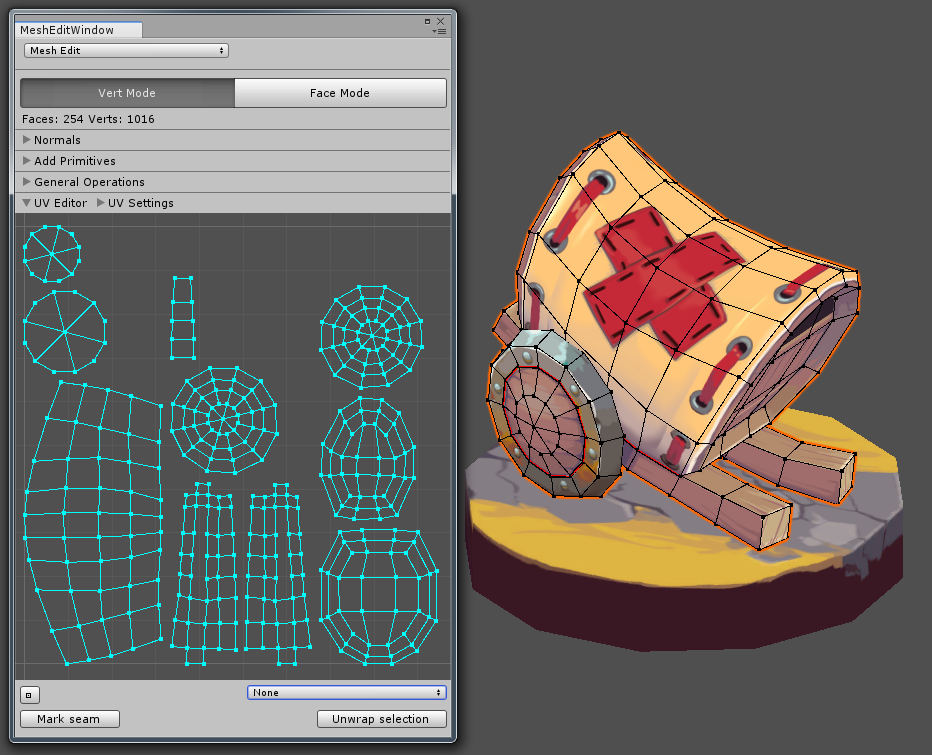
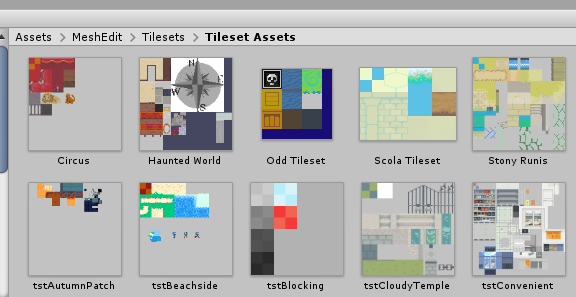
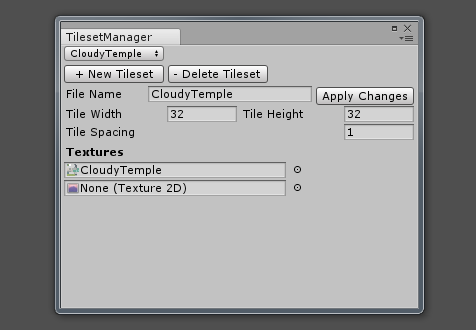
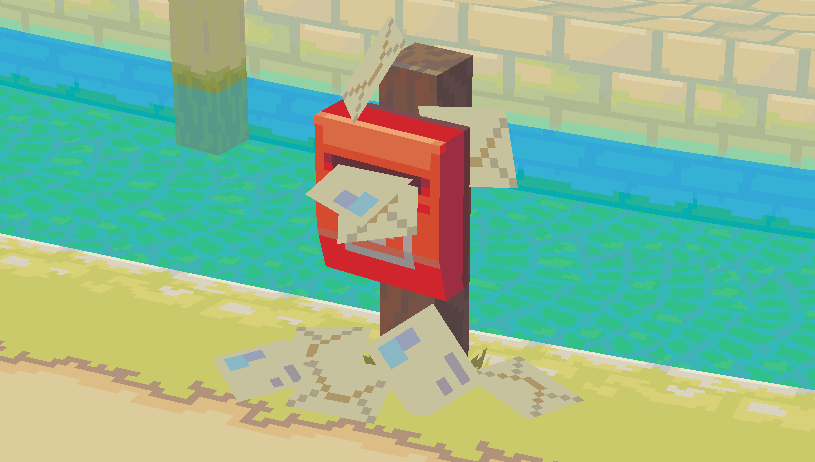 If you find a bug or think of an incredible new feature you'd like to see, feel free to leave me a message on
If you find a bug or think of an incredible new feature you'd like to see, feel free to leave me a message on